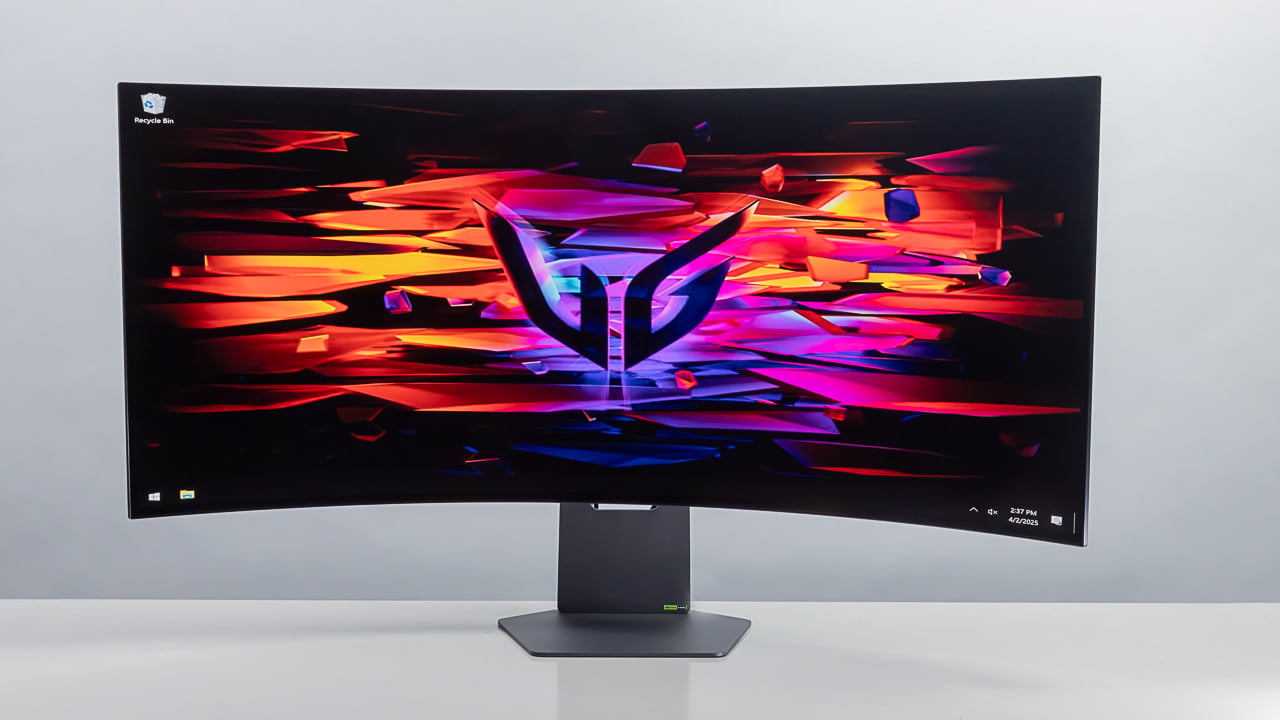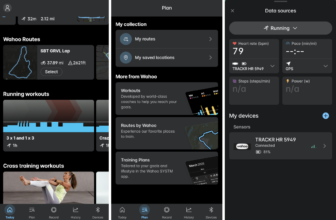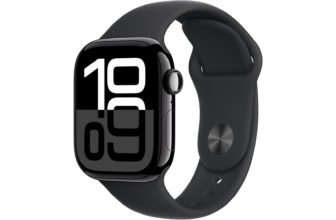
Check out our latest products
The 45GX950A-B delivers an impressive color range, but its gaming prowess is probably what you care most about, right? To measure the monitor’s input lag, we deployed the Leo Bodnar 4K Input Lag Tester; we also played a handful of games from our library to check for any noticeable blemishes, like screen tearing.
For casual play at 60Hz, input lag of 16ms or less is more than adequate. The 45GX950A-B cleared that benchmark easily, turning in an excellent 8.8 milliseconds (ms) of input lag at 1080p/60Hz using the Bodnar device. At 1080p/120Hz, we recorded 4.7ms of input lag, 7.9 ms at 1440p/60Hz, and 9ms at 1440p/120Hz. Finally, we recorded 8.8ms of input lag at 4K/60Hz. (The Bodnar device doesn’t support refresh rates above 120Hz, so we couldn’t measure the response times at 165Hz or 330Hz.)
(Credit: Joseph Maldonado)
The 60Hz reading of 8.8ms is likely imperceptible to most casual players and is pretty great for those who enjoy multiplayer shooters. Of course, you can go lower. LG’s own 27 UltraGear OLED (27GX790A) clocks in at 2.5ms at 1080p/240Hz. However, the 27GX790A is designed and sized for serious esports play, whereas the 45GX950A-B is not.
Ad-hoc testing included playing Cyberpunk 2077, Elder Scrolls IV: Oblivion Remastered, and F1 24, as well as watching some 4K videos. Keep in mind, not every game supports ultrawide aspect ratios. Of the many modern releases that do, not all support the 45GX950A-B’s full resolution. For example, Oblivion does support ultrawide ratios, but only at 3,440 by 1,440 pixels.
Needless to say, games looked great on the big, wide monitor. The curved screen is especially nice for gamers interested in simulators and strategy titles that take advantage of the extra space. For games that don’t support the aspect ratio, the smaller window options are a welcome addition, though ultimately, I would feel more comfortable playing on a 16:9 monitor, so I don’t have to deal with the black bars on the side.

![[K-Beauty] Rose Vitamin Oil to Foam | Daily Face Wash Oil Based Cleanser | Korean Rose Oil Foaming Face Cleanser | Hydrating Facial Cleanser for Dry Sensitive Skin (3.88 oz)](https://i1.wp.com/m.media-amazon.com/images/I/71sX7yIuXRL._SL1500_.jpg?w=300&resize=300,300&ssl=1)





![[ 8 Pack ] Plastic Storage Baskets With Lids, Small Pantry Organization, Stackable Storage Bins, Household Organizers for Cabinets, Countertop, Drawers, Under Sink or On Shelves,Gray](https://i1.wp.com/m.media-amazon.com/images/I/81NMRFDwXYL._AC_SL1500_.jpg?w=300&resize=300,300&ssl=1)
![[Luxury] Kitchen Soap Dispenser Set – 16OZ Black Glass Bottle, Stainless Steel Pump, Instant Dry Tray, Waterproof Labels, Non-Slip Silicone Pad, and Dish Brush | Upgrade for Your Kitchen and Bathroom](https://i3.wp.com/m.media-amazon.com/images/I/71TQcJWiGtL._AC_SL1500_.jpg?w=300&resize=300,300&ssl=1)





